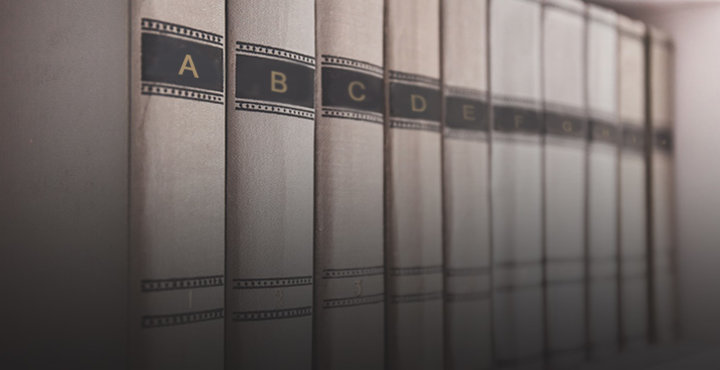Learn how to use ligatures properly
If you've ever picked up a copy of the Encyclopædia Britannica, you've no doubt noticed the strange little character tucked into the word "encyclopaedia." That combination of a and e is known as a ligature. In writing, including fiction writing and typography, a ligature is two or more graphemes that are joined to make a single glyph. In other words, a ligature is a single character that is created by joining multiple characters.
A brief history
"Ligature" comes from the Latin word ligatus, meaning to tie or bind, but the history extends as far back as the earliest form of writing, Sumerian cuneiform, which includes many instances of ligatures. They are also featured in many historical scripts; scribes often used them to increase their writing speed. Considering everything was written by hand, ligatures were a natural progression of language and writing.
The use of these little characters increased during the 15th century with the advent of metal movable type, a system of printing that uses metal blocks of letters to print documents. In this system, ligatures were both a time and space saver. They began to fall out of use in the 1950s due to the widespread use of sans-serif fonts—that is, letters with little overlap—and typewriters. Now, with modern printing and desktop publishing, ligatures are rarely used. When they are, it is simply out of stylistic preference.
Proper and improper use
While ligatures can be used for stylistic purposes, if you are following a particular style guide, you may want to check their specific recommendations. The Chicago Manual of Style, for example, advises against using them in Latin or Greek transliterated words or in foreign words that have been adopted into English and are thus in an English dictionary. They do, however, recommend using ligatures to maintain Old English spelling in an Old English context or in foreign languages where they are commonly used characters.
It is worth noting that some characters, such as æ, are both ligatures and distinct letters, depending on their use. The origin of æ is as a ligature in Latin; however, in languages such as Danish and Norwegian, æ is a letter. When used in a Latin word like encyclopædia, it would best be described as a ligature.
The more commonly used ligatures include the letter f combined with an adjacent letter—fi, ff, and fl being the most frequent. However, the ampersand (&) is by far the most commonly used today. Though many no longer consider the ampersand a ligature, it was originally created as a ligature of the letters e and t, forming the word "et," which is Latin for "and."
Use ligatures for stylistic purposes
While ligatures may be relics from the past, there is a current movement to revive them. More and more word processing systems and font types include ligatures, and typographers often choose to use them. If you like the way they look and your style guide permits it, feel free to use these lovely little pieces of writing history. If you are unsure whether you have correctly used a ligature, let our essay proofreaders help.
Image source: Wokandapix/Pixabay.com







